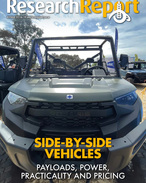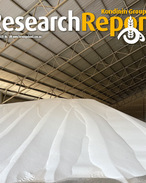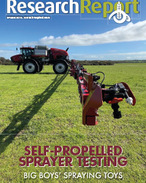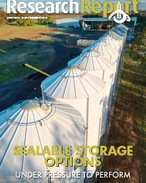This article is 2 years old. Images might not display.
Meat & Livestock Australia (MLA) reported on Friday NSW saleyards, such as Dubbo and Wagga, have doubled their contribution to key indicators at the expense of Queensland saleyards, as cattle from southern Australia start to enter the market following the past three years of growth.
"In 2022, most cattle indicators were dominated by Queensland saleyards as restocker sentiment was strong in the north," Jackson said.
"Fast forward 12 months and there has been a seismic shift in the composition of most cattle indicators."
He said the herd rebuild in southern Australia kicked off when drought-breaking rains fell in March 2020 and favourable seasonable conditions continued until late 2022.
The drought didn't break in northern Australia until late 2021, so the herd rebuild in the south is far more advanced, thus the increased supply.
"We are starting to see this increase in supply of southern cattle play out in the finished and feeder cattle indicators," Jackson said.
"As the cows used to power the southern rebuild are culled and start to enter the market, saleyards such as Wagga and Carcoar are transacting more animals of this specification.
"Similarly, we are observing steers born during the rebuild reach feeder weights and as such, southern states are starting to dominate the feeder indicator - in stark contrast to 2022.
"The trend of southern states increasing their contribution to indicators is also pronounced in the restocker-focused EYCI, but to a lesser extent."
After a drier than average first half of the year in Queensland, Jackson said the Northern Australia rebuild will be shorter and less intense than the southern one.
"This will have a medium-term impact on saleyard throughput of finished animals in Queensland," Jackson said.
"Another consideration is that Queensland may experience more paddock and direct sales into processing and feedlot channels.
"Interestingly, despite the increase in supply coming from the south, these southern yards are still generally commanding a premium to northern ones, except for feeder steers.
"Going forward, expect the supply of finished southern cattle to continue for the short-term."























